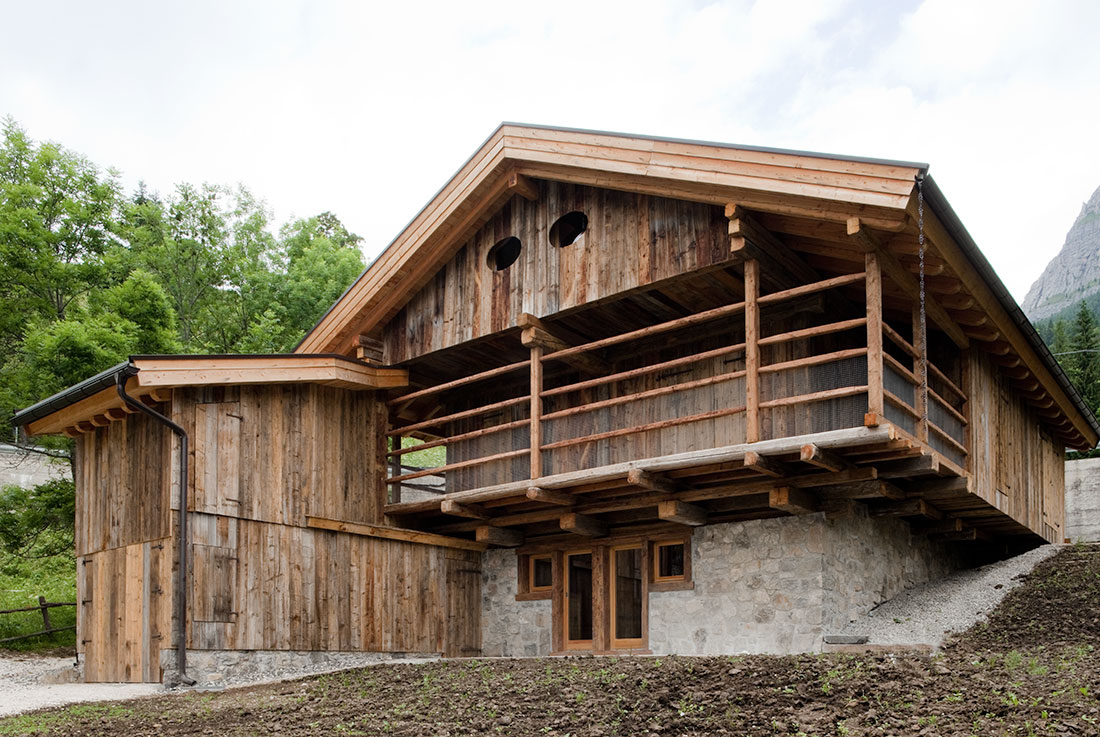The starting point was the careful removal of wooden elements and structural joints. After the building had been dismounted, many wooden beams and boards were cleaned and restored whilst others were replaced with treated wood in order to maintain the chromatic continuity of the material before being remounted. From a volumetric perspective, some annexes that limited the original volume were removed and only essential ones were maintained and integrated in a discreet fashion.
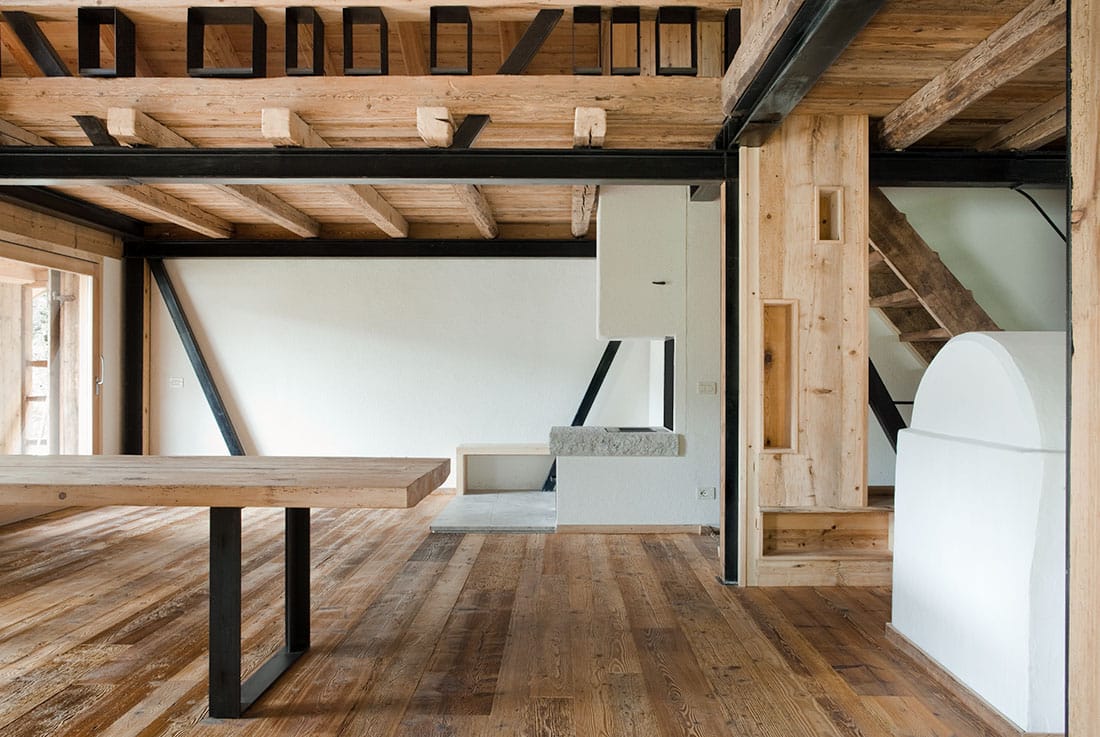
The new exposed black steel structure respects the modular geometry of the barn and lends itself with the original wooden structure. A few steel beams are covered with wood. The building is totally energy self-sufficient thanks to a photovoltaic system integrated within the roof which is made of larch. It also generates zero emissions thanks to an electric under-floor heating system.
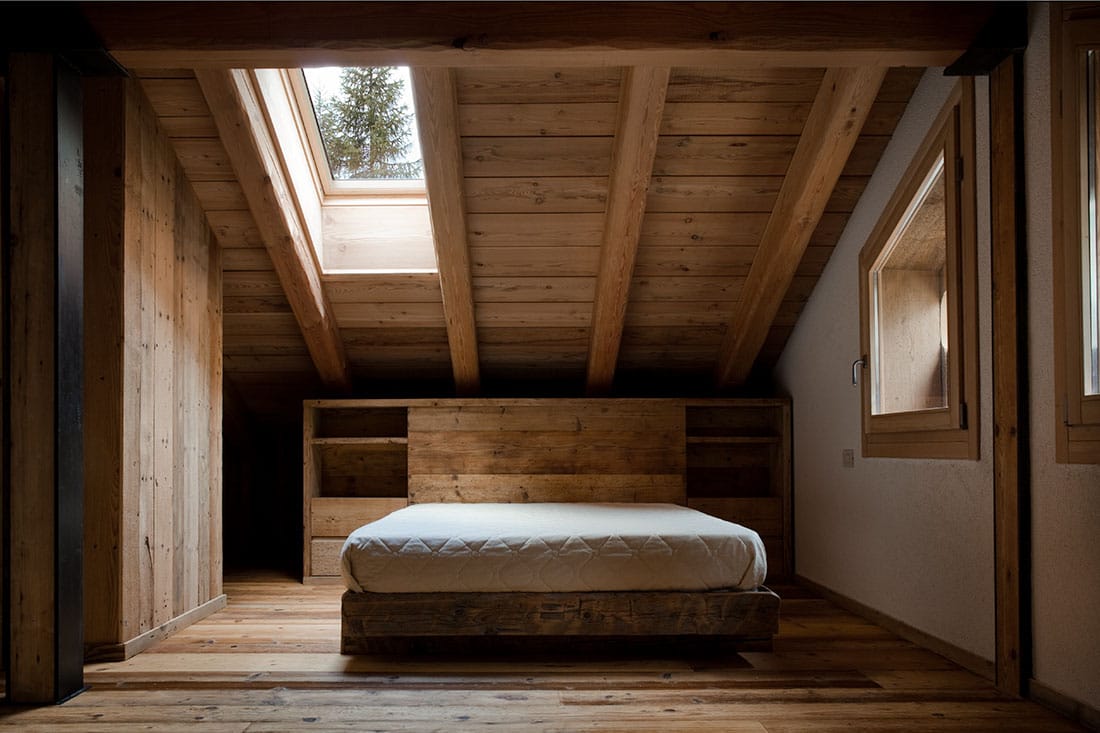
Restoring a building such as this requires a coming together between architecture, landscape and interior design through the usage of materials, craftsmanship and the treatment that the wood receives. Space and materials are hence developed in mutual continuity.
The philosophy of the alpine barn is such that the wood has to age naturally through time gaining its natural protection and a new colour (grey tones in the northern façades and red for the others), until it becomes completely stable.
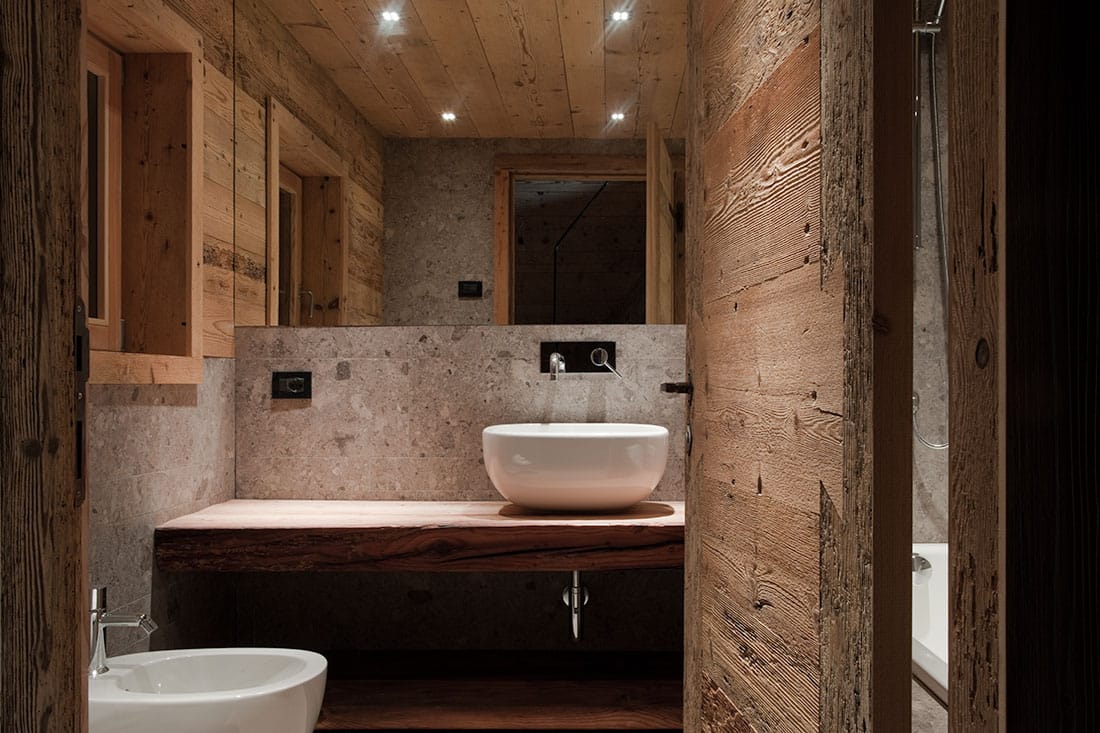
The wood is the witness of the passing of time and of the history of the building itself.
In the interior we brought together the closed wooden boards alternating the different kinds of kinds of roughness and tones of the same wood.
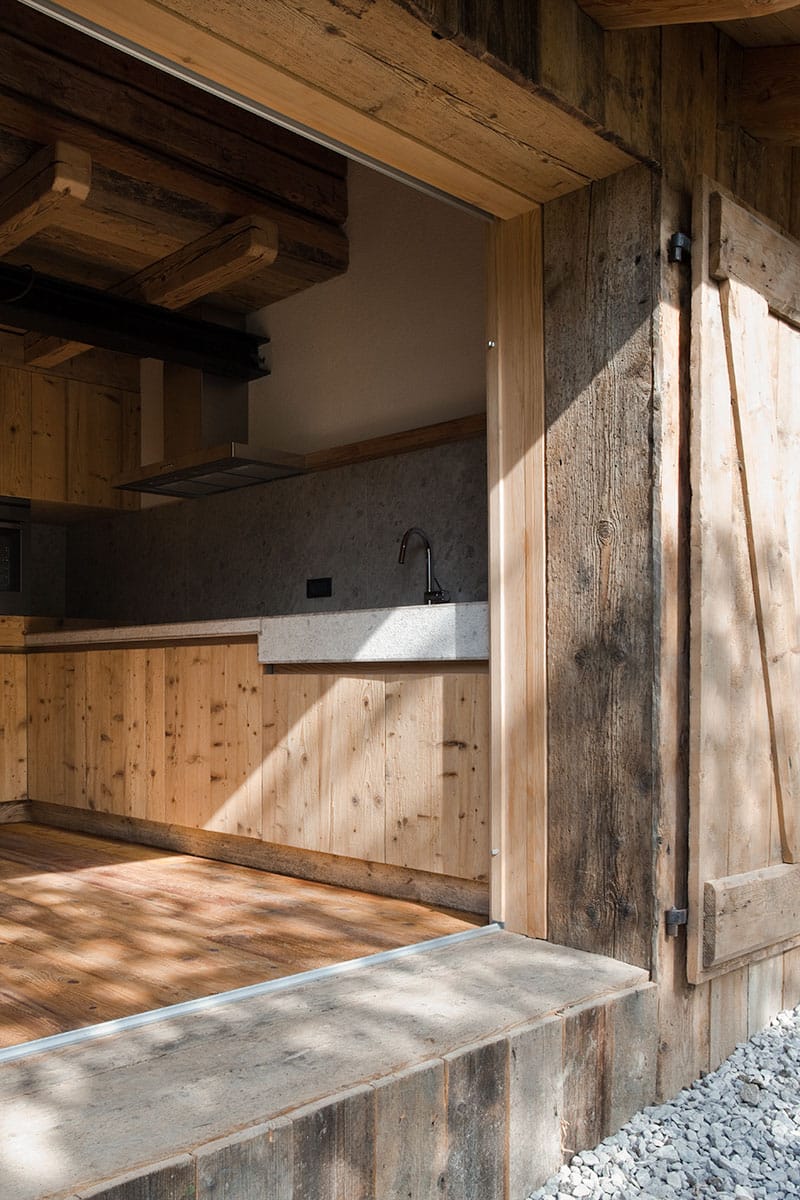
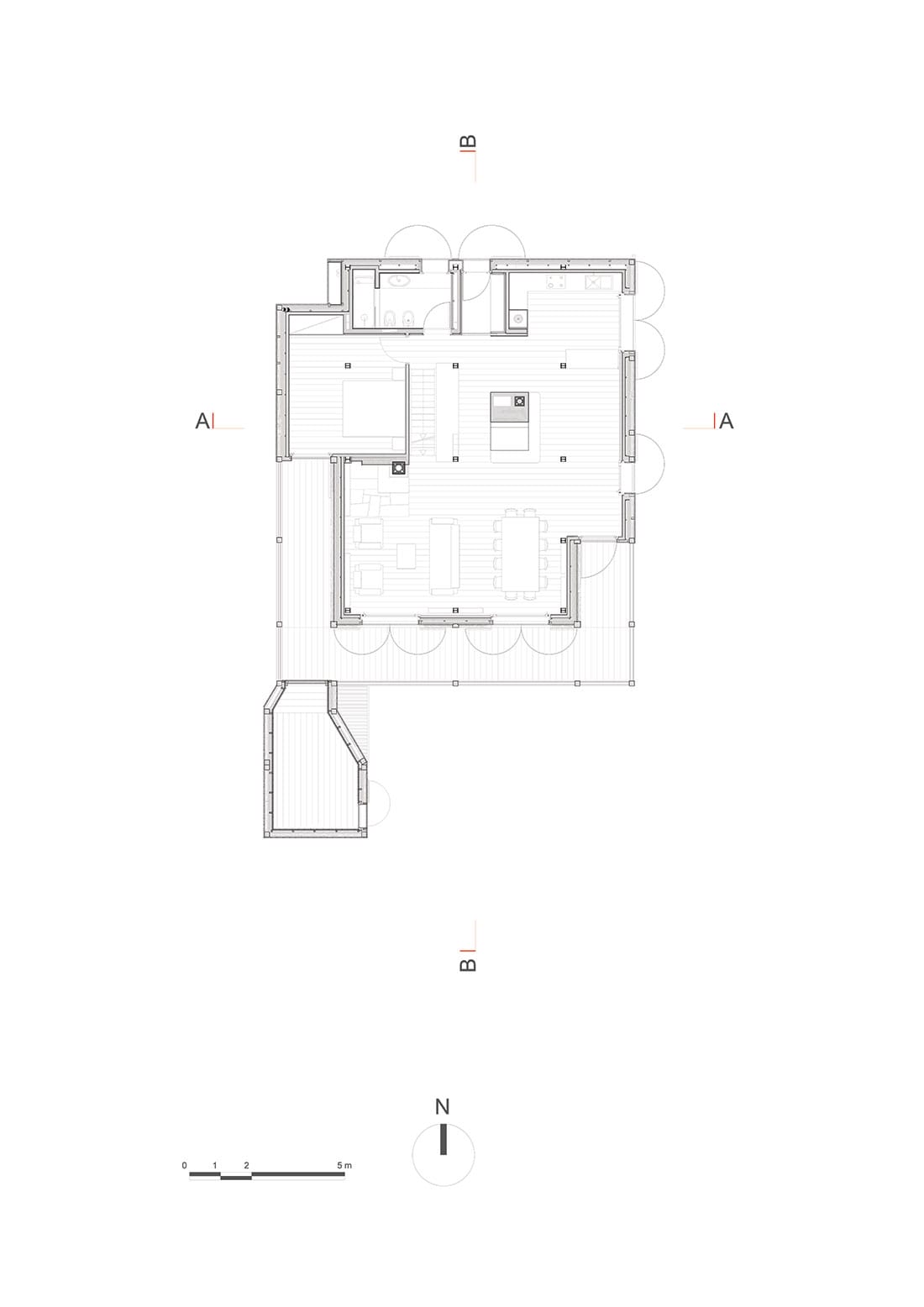
FILE
Architecture: Exit Architetti Associati
Photos: Exit Architetti Associati
Year of completion: 2010
Location: Selva di Cadore, Italy


